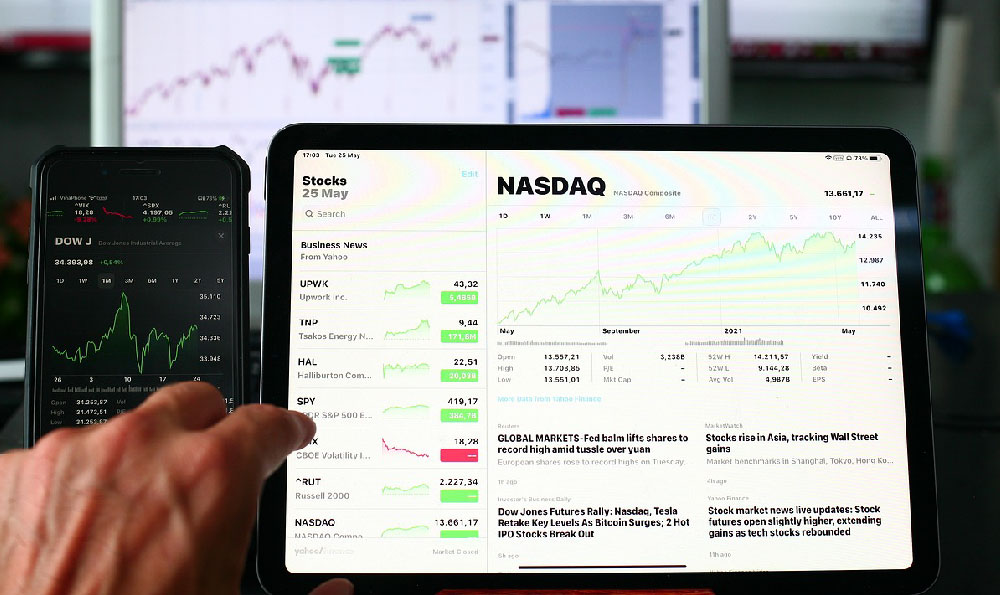
The world of YouTube has transformed from a simple video-sharing platform to a lucrative career path for millions. Aspiring creators flock to the site daily, dreaming of viral fame and financial independence. However, the reality of earning a significant income on YouTube is far more complex than simply uploading videos and waiting for the money to roll in. The earnings of YouTubers vary drastically, influenced by a multitude of factors, making it challenging to pinpoint an exact figure. Instead, understanding the various income streams and the elements that impact them provides a clearer picture.
At its core, a YouTuber's income is primarily derived from advertising revenue, also known as AdSense. YouTube's Partner Program (YPP) allows creators who meet specific criteria (at least 1,000 subscribers and 4,000 valid watch hours in the past 12 months) to monetize their content by displaying advertisements before, during, or after their videos. When viewers watch these ads, or even better, click on them, the YouTuber earns a small fraction of the advertising revenue. The cost per thousand impressions (CPM) or cost per click (CPC) varies significantly, influenced by factors like the video's topic, audience demographics, and the advertiser's bidding strategy. For example, videos targeted towards audiences in developed countries like the United States or the United Kingdom tend to command higher CPMs than those targeting viewers in developing nations. Similarly, content related to finance, technology, or education often attracts higher bids from advertisers due to the perceived purchasing power of the audience.
However, AdSense revenue is just one piece of the puzzle. Successful YouTubers rarely rely solely on advertising. Diversification is key to maximizing income and building a sustainable business. Sponsorships and brand deals are a significant source of revenue for many creators, particularly those with a large and engaged following. Companies pay YouTubers to promote their products or services within their videos or through dedicated campaigns. The amount a YouTuber can charge for a sponsorship depends on several factors, including their subscriber count, average viewership, audience demographics, and the level of integration required. A smaller YouTuber with a highly engaged niche audience might command a higher price than a larger channel with a less targeted audience.

Merchandise sales offer another avenue for revenue generation. YouTubers create and sell branded products, such as clothing, accessories, and physical goods, to their fans. This not only generates revenue but also strengthens the connection between the creator and their audience. The success of merchandise sales depends heavily on the YouTuber's brand identity, the quality of the products, and the effectiveness of their marketing efforts.
Affiliate marketing provides yet another layer of income diversification. YouTubers promote products or services from other companies and earn a commission for every sale made through their unique affiliate link. This model allows creators to recommend products they genuinely believe in and earn a passive income stream. The commission rate varies depending on the affiliate program and the type of product being promoted.
Beyond these direct income streams, YouTubers can also earn through crowdfunding platforms like Patreon or membership programs on YouTube itself. These platforms allow viewers to directly support their favorite creators by subscribing to exclusive content or offering recurring donations. This provides a more stable and predictable income stream for creators who can foster a strong sense of community around their channel.
Several factors influence the earning potential of a YouTuber across these various income streams. Subscriber count is often the first metric people look at, but it's not the sole determinant of income. A large subscriber base doesn't necessarily translate into high viewership or engagement. The number of views a video receives is a more accurate indicator of potential advertising revenue and sponsorship opportunities. However, engagement, measured by likes, comments, shares, and watch time, is crucial for algorithms to promote the video to a wider audience. High engagement indicates that viewers are actively interested in the content, making it more attractive to advertisers.
The niche or topic of the channel also plays a significant role. Some niches are inherently more lucrative than others. For example, finance, technology, and beauty channels often attract higher CPMs and sponsorship opportunities due to the demographics of their audiences and the products they promote. The quality of the content is paramount. High-quality videos with engaging storylines, excellent production values, and valuable information are more likely to attract and retain viewers. Consistency is key. Regularly uploading new content keeps viewers engaged and coming back for more. Irregular uploads can lead to a decline in viewership and a decrease in revenue.
Finally, the YouTuber's personality and branding influence success. Authentic and relatable creators who connect with their audience on a personal level tend to build stronger communities and attract more opportunities. Building a strong brand identity that resonates with viewers is essential for attracting sponsorships and selling merchandise.
In conclusion, the earnings of YouTubers are a complex equation with many variables. While some creators achieve millionaire status through viral videos and lucrative brand deals, most earn a modest income, and many struggle to make ends meet. Success on YouTube requires a combination of talent, hard work, strategic planning, and a deep understanding of the platform and its audience. Diversification of income streams, consistent content creation, and genuine engagement with viewers are essential for building a sustainable and profitable YouTube career.





